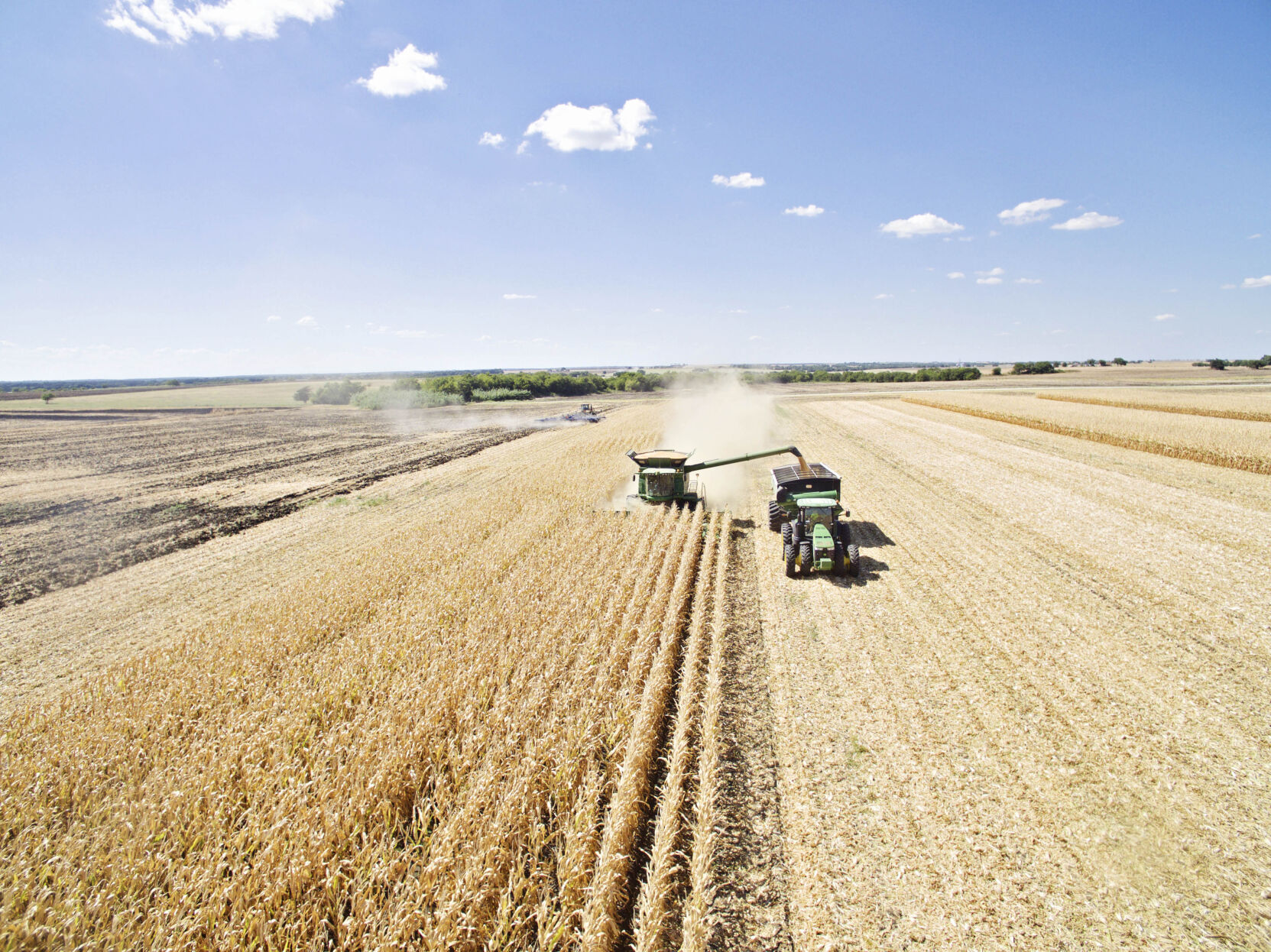Report: USDA tariff damage payment calculations need recalibration

A report by the Government Accountability Office released dated November but released in December claims that under the Donald Trump administration, tariff relief payments by the U.S. Department of Agriculture to corn farmers were unbalanced and in excess of calculated damage from tariffs.
The GAO report was requested by the Senate Agriculture Committee chaired by Sen. Debbie Stabenow, D-MI.
The GAO report, titled “Stronger Adherence to Quality Guidelines Would Improve Future Economic Analyses,” estimates that payments to corn farmers under the Market Facilitation Program were $3 billion more than the actual damages from retaliatory tariffs from other countries.
The tariffs and MFP payments came in reaction to tariffs that Trump placed on other countries’ products. A total of $23 billion was paid to United States farmers under the program. The report also found that payments to soybean, cotton and sorghum producers were lower than the calculated tariff damages. “Because USDA decoupled an individual non-specialty crop’s trade damage and its payment rate, USDA provided total payments to a non-specialty crop higher or lower than the crop’s estimated trade damage,” the report concluded.
The method used by the USDA to calculate tariff damages meant that areas that suffered more overall tariff damage got higher payments, even if the particular crop wasn’t as affected. For example, although corn yields are higher in the Midwest and West, corn producers received an estimated average of $69 per acre in the South, $61 in the Midwest, $34 in the Northeast, and $29 in the West. USDA used minimum and maximum county rates to help address potential inequities, but regional differences remained.
Stabenow, whose office requested the report, said, “This report confirms that the Trump USDA picked winners and losers in their trade aid programs and left everyone else behind. Making larger payments to farmers in the South than farmers in the Midwest or elsewhere, regardless of whether those farmers actually experienced a larger loss, undermines our future ability to support farmers when real disasters occur.”
The report said the USDA’s method of calculating tariff payments was meant to correct deficiencies in an earlier method it used in 2018. “In 2019, seeking to address this limitation and avoid influencing planting decisions, USDA calculated separate payment rates per acre for each county and paid the same rate to all non-specialty producers in the county. USDA calculated each county’s rate as its weighted average trade damage per acre—dividing the county’s total trade damage to multiple eligible non-specialty crops by the county’s historical acres of eligible crops … Crop payment rates were generally higher in the South because of the South’s higher proportion of cotton, sorghum and soybeans, which had higher trade damages per acre.”
The report recommends that USDA “revise its internal review process to help ensure that USDA internal reviews of future economic analyses address the transparency of its documentation of the analyses” and make better use of baselines.
David Murray can be reached at [email protected].

